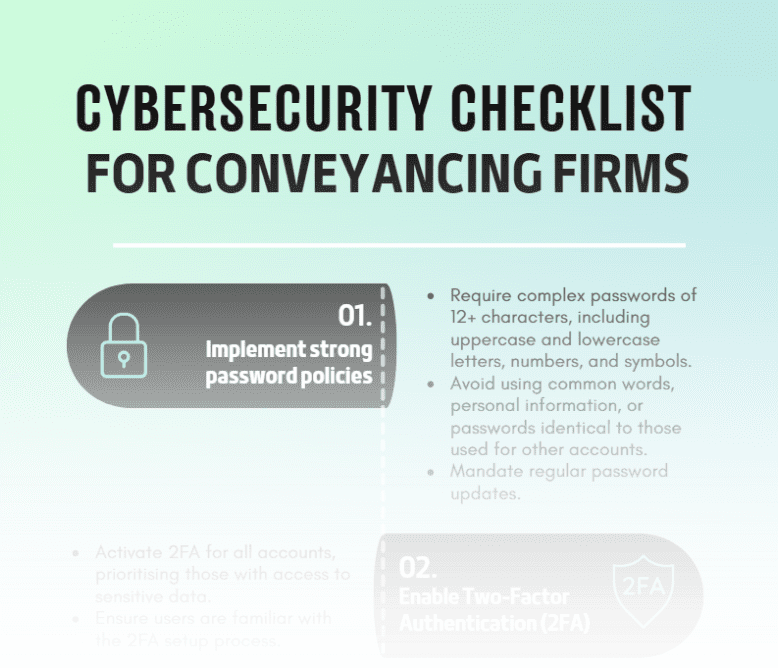Hiring new staff members is probably one of the most challenging aspects of growing a business. While every new hire you make has the potential to bring fresh opportunities, recruiting staff also carries a few risks that could negatively impact your business.
An employee who turns out to be a poor fit for your business is likely to be incredibly costly – and not just financially.
While unhappy employees often lead to poor productivity and the additional costs of re-hiring too soon, ill-fitting staff members can also weigh heavily on your team morale and work culture.
According to a survey of small-to-medium-sized businesses in Australia, almost a third (27 per cent) said they had lost money as the result of a bad hire while 21 per cent said they had lost clients or good staff members because of them.
So, it’s essential to get your hiring right the first time around, here are some tips to help you refine your processes.
Understand your culture
It doesn’t matter whether you have three other employees or 30 others, every workplace has a ‘culture’. Your working culture is made up of a series of shared values which could be anything from transparency, mutual respect and a sense of fun to empowerment and team spiritedness – among plenty of other possibilities.
Once you’ve gained a clear idea about the sort of cultural qualities that makes your workforce tick, it’s important to remember that hiring for cultural fit doesn’t mean hiring people who are all the same.
Instead, when reviewing applications and carrying out interviews, you should be looking for people who are likely to add to your culture by offering unique skills and perspectives while adhering to those core values you identified.
Be sure about what you’re hiring for
One of the biggest recruiting mistakes employers make is failing to properly understand the objectives and requirements of a new role.
As a result, inaccurate job descriptions often leave new recruits feeling as though they have been misled and under or overqualified for the role.
To avoid the stressful consequences of mis-hiring (for everyone involved), it’s important to conduct a full position analysis to identify the skills gaps in your team or where you need additional support.
From here, you’ll be able to work with your team to develop a job description that outlines where the new employee will fit into the business as well as key components such as responsibilities, accountabilities and the list of capabilities or qualifications that will be required to meet them.
Avoid looking for perfection
It’s not always possible to find the perfect candidate for your position description. So, while this might seem counterproductive at first, continuing to search for the perfect match could mean you end up missing out on otherwise talented and suitable candidates.
Before starting the recruitment process, you should distinguish the ‘must-have’ qualities and the ‘nice-to-have’ skills which can be learned later.
By separating the essential and non-essential criteria in this way, you’ll have a bigger pool of candidates to choose from, even if some require a little extra training and support to get up to speed.
Recruit for recruiting adaptability
When recruiting for new staff members, it’s important to do so with a strong understanding of what your business needs today. But things change.
Digital transformation – especially in the legal and conveyancing sector – is continuing to change the way we do business, transact and interact with clients.
Consequently, in order to get a good return on your investment, you should seek out candidates who are motivated to continually adapt and learn in a changing business environment.
Specifically, an awareness for new technologies and how they can enhance business and professional performance will be key.
Consider recruiting incentives
A report by PwC revealed that Millennial workers are looking for more from careers than just a healthy salary.
With Millennials making up most of the workforce today, it’s never been more important for businesses of all sizes to think outside the box when it comes to attracting the best candidates.
When considering the job description and remuneration package you will put forward for your new role, think about some non-financial incentives that are likely to attract the type of candidates you’re looking for.
For example, the report by PwC identifies development programs, flexible working arrangements, diversity and good ethical practices as some of the most incentivising factors candidates look for in an employer.
When recruiting a new staff member, there’s no doubt a lot of your decision-making process will come down to instincts and first impressions.
In order to refine and sharpen those instincts, it’ll help to have a solid understanding of your business’ needs, its character and the type of people who will fit well.






